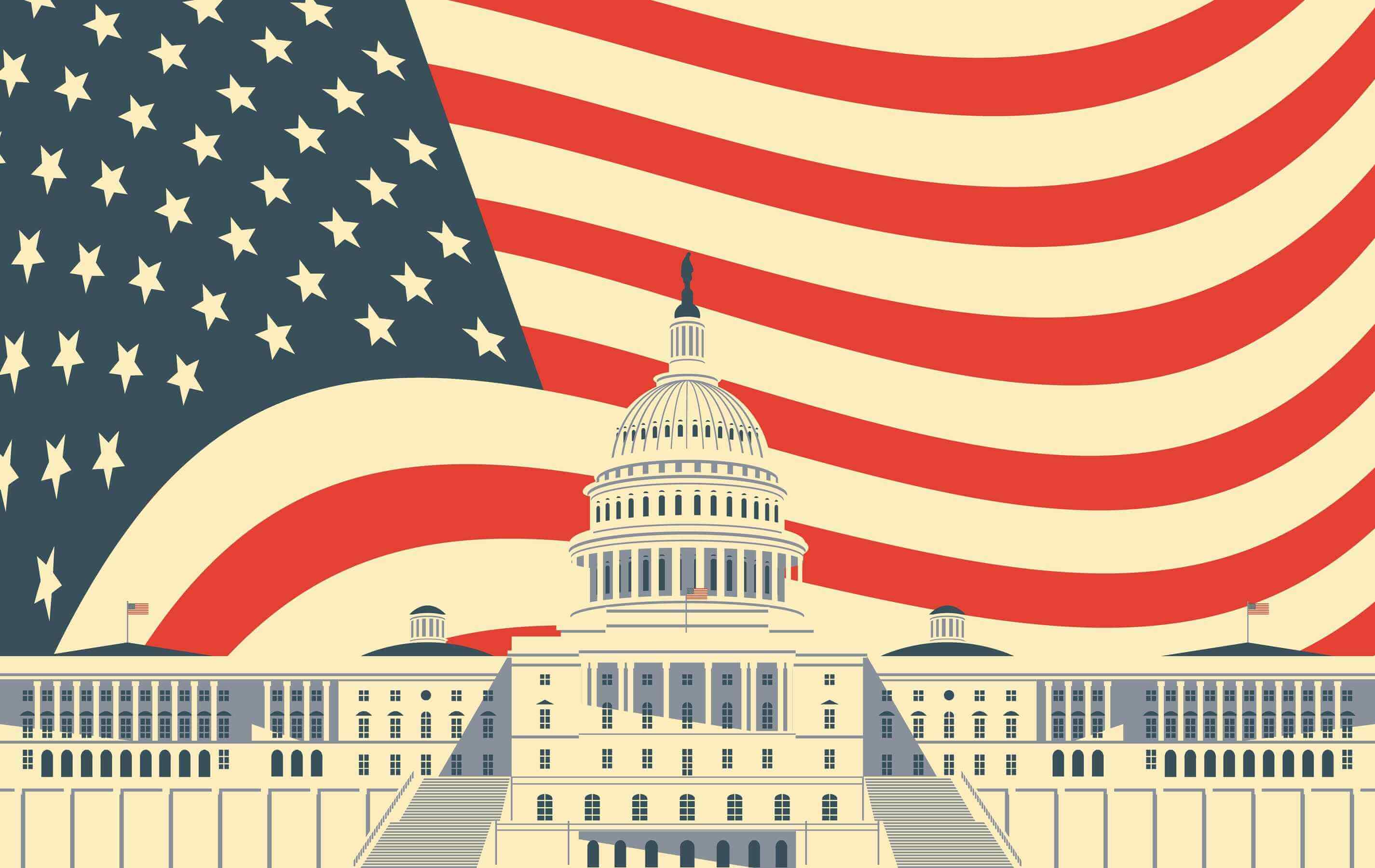Musk’s Cost-cutters To ‘plug In’ To Air Traffic Control System, Trump’s Transportation Chief Says

Elon Musk’s “DOGE” cost-cutting squad will soon turn its attention to America’s air traffic control system, Transportation Secretary Sean Duffy said Wednesday in a post to Musk’s social media site X.
“Talked to the DOGE team. They are going to plug in to help upgrade our aviation system,” Duffy said.
Duffy offered no details and the Transportation Department did not immediately respond to a request for comment. But shortly prior to posting the missive, in a speech before a conference of state DOT officials, Duffy promised to “remake our airspace.”
Duffy said that he’d spoken with Musk on Tuesday, calling him a “pretty remarkable guy” who has “access to the best technological people, the best engineers in the world.”
“We’re gonna remake our airspace,” Duffy continued. “And we’re gonna do it quickly, and we have the support of the Congress, I think right now, to say, you know what, we’re using like 1960s, World War II technology in much of the components of the airspace. We’re gonna upgrade it.”
Controllers currently use antiquated equipment, including a radar-based system of keeping track of planes. An effort to transition to a satellite-based air traffic control system known as NextGen has been underway for years, but has been beset by cost overruns and delays.
In his speech, Duffy also said that his agency has a plan to “surge” air traffic controllers to be announced in the “next couple days.”
It’s going to take time to get more controllers into the workforce, Duffy emphasized, noting that it is not like “flippin’ a switch” to train them.
The country has been chronically short of controllers — which have a high wash-out rate during training, and who take years to be fully trained — for many decades, dating back to President Ronald Reagan’s 1981 decision to fire striking controllers. That shortage was exacerbated during the Covid-19 pandemic.
Speaking before a conference of state DOT officials, Duffy didn’t offer any specifics about the plan, and DOT could not immediately provide any additional details. But controllers are typically trained in the vagaries of specific airspace and must have separate training to work in certain kind of facilities.
The National Air Traffic Controllers Association didn’t immediately respond to a request for comment.
Duffy also noted that, before last week’s catastrophic midair collision between a regional American Airlines jet and a U.S. Army helicopter over the Potomac River, two controller positions at Ronald Reagan Washington National Airport — one focused on helicopters and the other on planes — had been consolidated earlier in the day than is typical.
“I’m gonna look at the policies and procedures inside the tower, why that happened,” Duffy said.
He also questioned why military helicopter training flights in D.C., like the one involved in the disaster, are done at hours such as 9 p.m. when passenger air routes are busy, rather than later overnight, like at 1 a.m.
“And if we have generals who are flying in helicopters for convenience through this airspace, that’s unacceptable,” Duffy said. “Get in a damn Suburban and drive.”
The Black Hawk in the crash was conducting a routine training mission. The 12th Aviation Battalion — the same unit involved in the collision — is charged with priority air transport for government officials below the president, including the secretary of Defense, four-star generals and members of Congress. But the unit has a more important mission: ensuring the continuity of government if the U.S. capital is under attack.
Jack Detsch contributed to this report.


